Austrian architect Adolf Loos is considered one of the fathers of modern architecture. He was born on December 10, 1870 in Brno, Moravia, a region of Central Europe then part of the Austro-Hungarian Empire. The son of a sculptor, he grew up in his father’s workshop surrounded by blocks of marble and chisels. After studying on and off, in 1893 he moved to the United States and then London. In 1896, he returned home and settled in Vienna. Loos initially focused on theoretical architecture, developing his vision through a series of articles.
He considered architecture to be different from art, maintaining that buildings have the concrete goal of improving man's well-being. He believed that a building’s shape and aesthetics should be determined by functional needs, with no additional decoration. His first important project was the renovation of Villa Karma in Montreux, Switzerland in 1903. Drawing on experiences in his father’s workshop, he lined the villa's inner walls with marble slabs. By leaving the material unadorned, Loos let the marble speak for itself, making the villa's rooms seem sculpted of stone.
Between 1910 and 1912 Loos designed many private homes in Vienna, including the Steiner House and the residence of poet Otto Stössel. In 1913 he built the Scheu house, which was one of the first modern houses to use a flat terraced roof. The Viennese were unaccustomed to plain facades and criticized Loos's buildings. People interpreted the simple building he designed for tailors Goldman & Salatsch, located right in front of the Imperial Palace, as a deliberate provocation. But Loos considered the home first and foremost a refuge meant to protect the privacy of the people living there. This principle led him to develop the Raumplan method.
Raumplan, which literally means “the planning of space,” was a new way of approaching the home environment. There were no walls between rooms, rather spaces set at different levels and separated by steps and geometrically-arranged furniture including bookcases, wardrobes and shelves. It was an approach designed to maximize the use of available space and light. In 1924 Loos moved to Paris, where only a few of the buildings he designed were built. One of them was the Montmartre home of Dadaist poet Tristan Tzara. The Moller house in Vienna and the Müller house in Prague employed the Raumplan method to the fullest. They are considered Loos’s masterpieces. Loos died on August 23, 1933 in the town of Kalksburg, near Vienna. He was 62. His work had a tremendous influence on important 20th-century architects including Walter Gropius and Le Corbusier.
He considered architecture to be different from art, maintaining that buildings have the concrete goal of improving man's well-being. He believed that a building’s shape and aesthetics should be determined by functional needs, with no additional decoration. His first important project was the renovation of Villa Karma in Montreux, Switzerland in 1903. Drawing on experiences in his father’s workshop, he lined the villa's inner walls with marble slabs. By leaving the material unadorned, Loos let the marble speak for itself, making the villa's rooms seem sculpted of stone.
Between 1910 and 1912 Loos designed many private homes in Vienna, including the Steiner House and the residence of poet Otto Stössel. In 1913 he built the Scheu house, which was one of the first modern houses to use a flat terraced roof. The Viennese were unaccustomed to plain facades and criticized Loos's buildings. People interpreted the simple building he designed for tailors Goldman & Salatsch, located right in front of the Imperial Palace, as a deliberate provocation. But Loos considered the home first and foremost a refuge meant to protect the privacy of the people living there. This principle led him to develop the Raumplan method.
Raumplan, which literally means “the planning of space,” was a new way of approaching the home environment. There were no walls between rooms, rather spaces set at different levels and separated by steps and geometrically-arranged furniture including bookcases, wardrobes and shelves. It was an approach designed to maximize the use of available space and light. In 1924 Loos moved to Paris, where only a few of the buildings he designed were built. One of them was the Montmartre home of Dadaist poet Tristan Tzara. The Moller house in Vienna and the Müller house in Prague employed the Raumplan method to the fullest. They are considered Loos’s masterpieces. Loos died on August 23, 1933 in the town of Kalksburg, near Vienna. He was 62. His work had a tremendous influence on important 20th-century architects including Walter Gropius and Le Corbusier.
RELATED
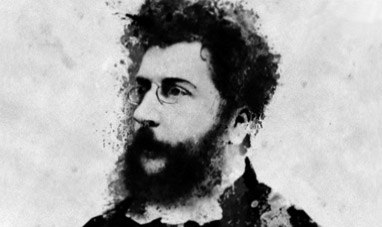

GEORGES BIZET
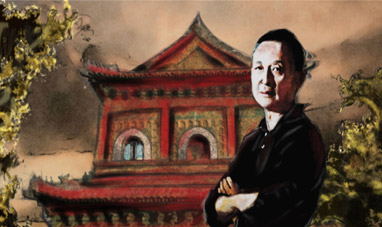

GAO XINGJIAN
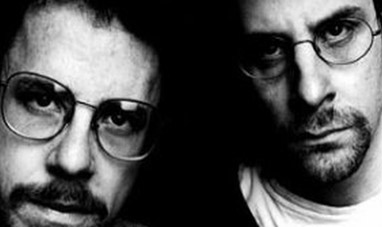

JOEL AND ETHAN COEN
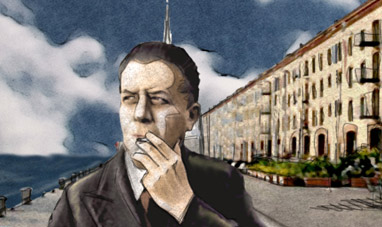

EUGENIO MONTALE
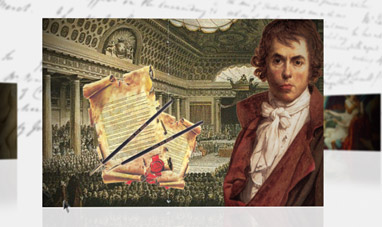

JACQUES LOUIS DAVID
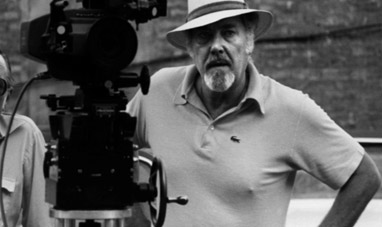

ROBERT ALTMAN


MARILYN MONROE


PAUL CÉZANNE
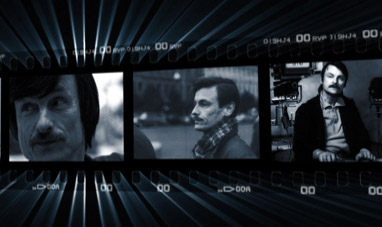

ANDREI TARKOVSKY
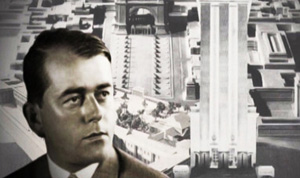

ALBERT SPEER
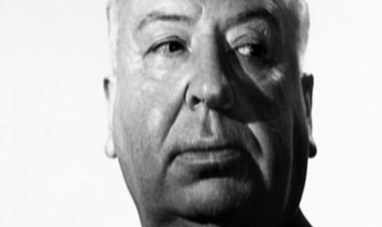

ALFRED HITCHCOCK


KATE MOSS
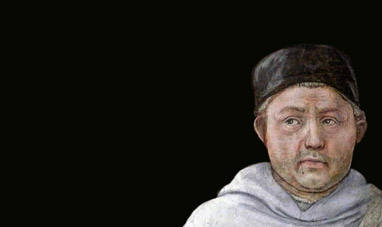

FILIPPO LIPPI


STEVEN SPIELBERG
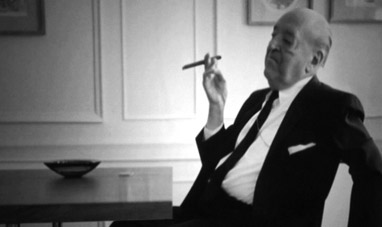

MIES VAN DER ROHE
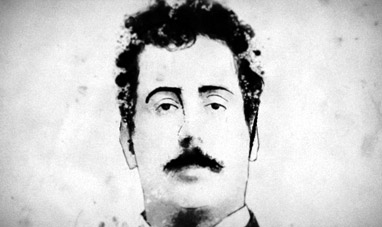

GIACOMO PUCCINI
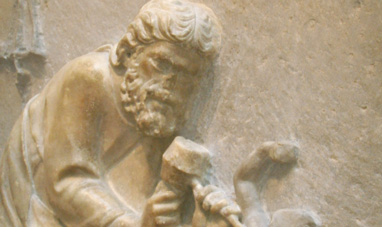

LYSIPPOS
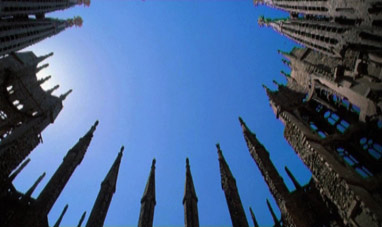

ANTONI GAUDÍ


EURIPIDES


GIULIO PAOLINI


RUDOLF NUREYEV


MARTHA GRAHAM


FRANK LLOYD WRIGHT


PIERO MANZONI
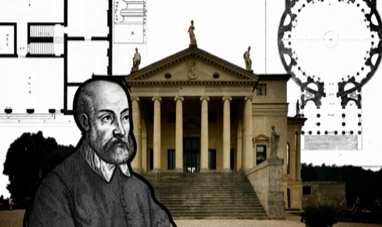

ANDREA PALLADIO


QUENTIN TARANTINO
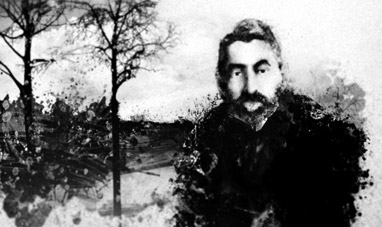

CLAUDE DEBUSSY
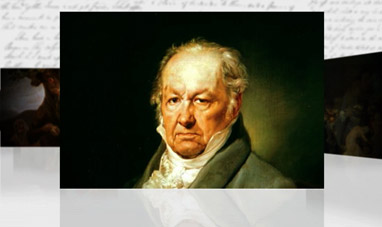

FRANCISCO GOYA


MICHELANGELO PISTOLETTO


GIAN MARIA VOLONTÉ
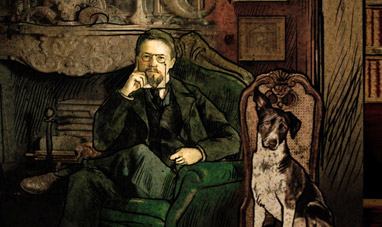

ANTON CHEKHOV
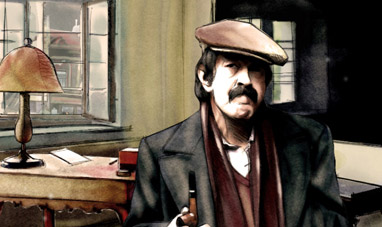

GÜNTER GRASS


JEAN AUGUSTE DOMINIQUE INGRES


LE CORBUSIER
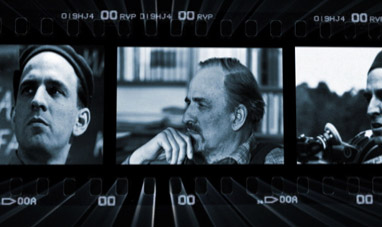

INGMAR BERGMAN
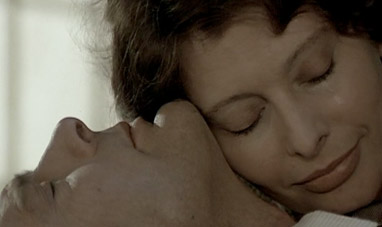

SOPHIA LOREN
